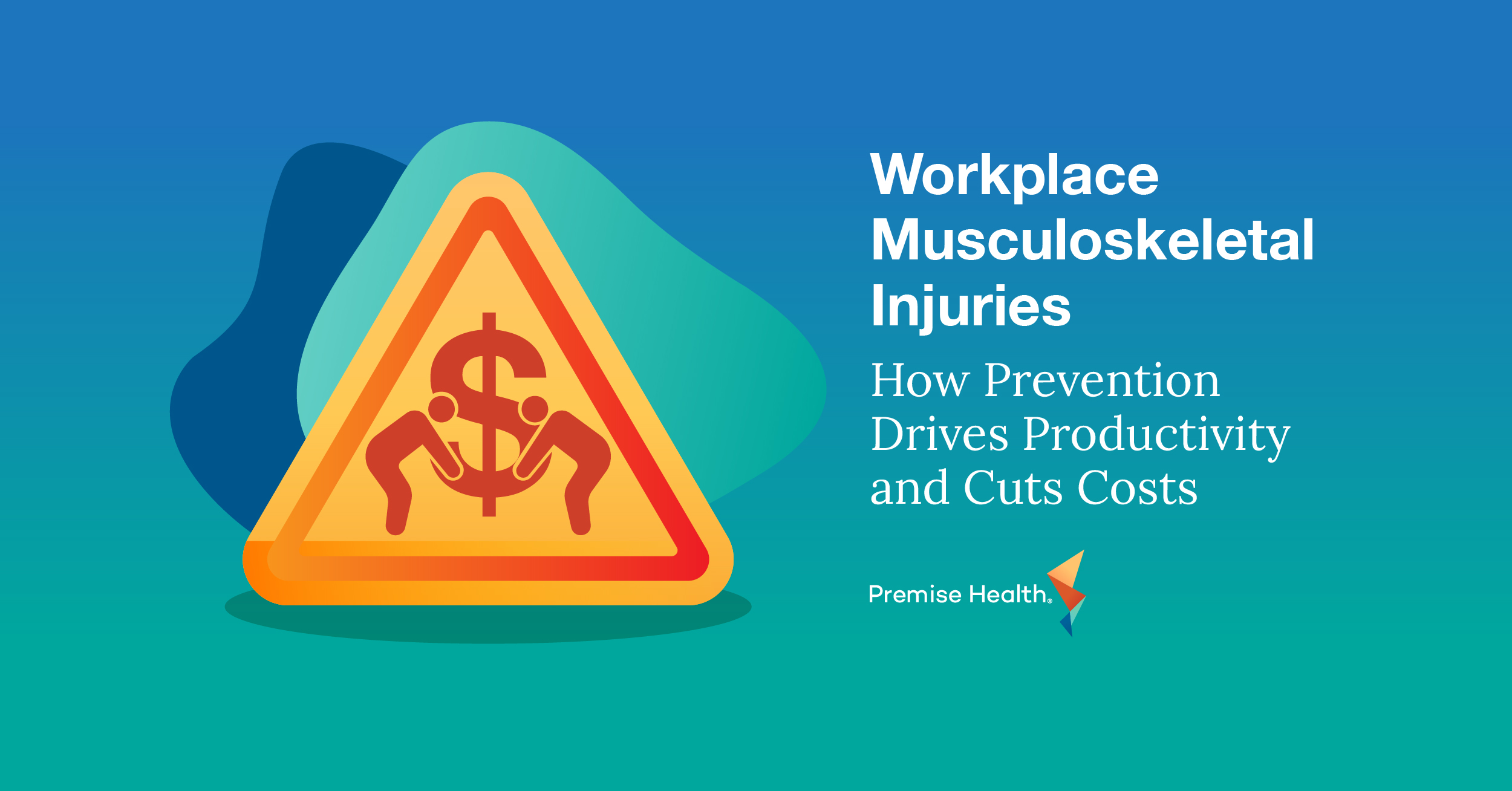Managing GLP-1 Challenges with Pharmacy Integration in Weight Loss Programs
It’s been a few years since the initial boom in popularity surrounding GLP-1s – from 2018 to 2023, prescriptions for these drugs increased by an astounding 300%. This rise in usage could be attributed to many factors, especially the influence of social media, celebrity promotion, direct-to-consumer advertising and weight management programs promising quick access to “quick-fix” medications. With millions of people struggling to slim down every year, and less than half of American adults being content with their weight, it’s no surprise the hope for a better solution translates to continued interest in GLP-1s.
Looking at even more recent data, these trends certainly aren’t showing any sign of slowing down; in February of 2024, doctors wrote almost 700,000 new GLP-1 prescriptions for diabetes and obesity. Over time, this extra demand has resulted in significant price increases, improper prescribing, and other hurdles that ultimately affect both employers’ medical spend and people’s ability to access appropriate medication.
The Challenges Behind GLP-1s
The ongoing demand for GLP-1s has created some unexpected challenges. Let’s take a deeper look into these challenges, their impact, and how employers can take a more strategic approach to offering weight loss programs for their people.
Increasing Cost
Medicare spending on 10 diabetes drugs, including GLP-1s, more than quadrupled over a five-year period, and could reach $102 billion in 2026. With projections like this, it’s likely these are not temporary spikes in spend but rather becoming a sustained and growing financial burden. Additionally, it raises concerns about long-term affordability and access for both payers and members; many health plans are looking at the cost of these drugs, including Zepbound’s shocking $1,060 for a one-month prescription, and reducing or dropping coverage. Meanwhile, employers are being forced to reevaluate their coverage and face tough tradeoff decisions about budget control and meeting the needs of their people.
Improper Prescribing
When GLP-1s are improperly prescribed and dispensed, members are the ones who suffer. This can include lackluster education on how to dose the medications, lack of awareness around side effects, and more. Quick access to GLP-1s without proper input from a provider can cause health concerns for members in the long run. Meanwhile, diverting resources away from high-risk populations with a legitimate need can lead to inequities in care among the population, resulting in worsening health outcomes and an overall unhealthier workforce.
Medication Nonadherence
Ensuring GLP-1s are only prescribed to the appropriate members is proving to be difficult enough, but recent data is also showing that 58% of patients are discontinuing them before reaching meaningful levels of weight loss. Why does this happen? Besides the obvious cost obstacle, access itself can also be an issue for those living in rural areas across the country. 46% of U.S. counties are considered pharmacy deserts, where filling a prescription requires lengthy travel, and the number of community pharmacies has dropped almost 15% from 2021 to 2023 due to major shifts in the pharmacy industry. Many pharmacies are also declining to fill GLP-1 prescriptions due to reimbursement challenges, further complicating access for members. In addition, a lack of member education plays a role in nonadherence, as a community pharmacist may not have the time or bandwidth to answer questions during a rush.
Lack of Ongoing Support
GLP-1s only tend to work with proper use in combination with appropriate lifestyle changes advised by a provider or team of providers. Without this, if members start and fail to continue these medications, organizations are then footing the bill without seeing any long-term savings associated with improved health outcomes. Improperly discontinuing GLP-1s has also been shown to increase weight regain, which can result in frustration and disengagement among the population. Adherence could then drop even further, and employers may misinterpret the drop in utilization by thinking GLP-1s aren’t effective; in reality, it’s possible they weren’t being used correctly in the first place.
What Does Better GLP-1 Management Look Like?
GLP-1s are just a small piece of a well-structured weight management strategy. Many existing programs don’t account for the full scope of variables that contribute to weight loss, including diet, exercise, metabolism, comorbid conditions, genetics, and mental health. Therefore, it’s vital for employers to be more strategic about offering holistic weight management resources that bring together a cross-functional team of primary care providers, pharmacists, care managers and more to support their population while also controlling spend.
Well-integrated pharmacy solutions can be one answer for employers looking to bring GLP-1 support to their people. Pharmacists partner with primary care providers and the experts who lead weight management programs, working together to reduce the impact of these GLP-1 challenges through the power of an onsite or nearsite pharmacy. Let’s explore how this solution addresses each challenge:
Lower Cost
Proper medication guidance means that, with the help of both a primary care provider and a pharmacist, members can fully understand their options: which weight management drugs are available, how much is covered by their insurance, what cost-effective generics exist, and any variable copay programs that might help reduce out-of-pocket spend.
Proper Prescribing
Weight management programs with an integrated care team that includes a provider, pharmacist, and a care manager allow for better oversight and collaboration on the member’s weight loss journey. The provider can advise on prescribing and overall health needs, the pharmacist can support medication access for the member, and the care manager is there for regular check ins and additional coaching. This all helps ensure that program participants are being appropriately prescribed the right medication, every time.
Better Adherence
Members might only speak with their primary care provider at their annual check-up, but they probably chat with their pharmacist any time they need to refill their prescription, making this over-the-counter expert a go-to for detailed support between appointments. Meanwhile, members who aren’t able to physically access a pharmacy can opt to receive their medications through next-day mail. By improving member education and access, program participants have the tools they need to stay on their medication. When the care team is accessible through in-app messaging or available at their onsite or nearsite wellness center, members can get the help they need when questions arise about proper dosage, injections, or more.
Lifestyle Change Support
When the weight management solution is quarterbacked by a provider and supported by a care manager, it creates the opportunity to address all aspects of member health, including things like proper nutrition, getting enough sleep, and building a foundation of regular movement. Meanwhile, a pharmacist can help coach members on additional medication and lifestyle changes needed to manage and improve chronic conditions associated with obesity and overweight. What results is a comprehensive approach to weight management instead of a quick-fix mentality, which yields better long-term results.
Weight Management at Premise Health
At Premise Health, our weight management program is primary care-led, evidence-based, and supported by an interdisciplinary care team that can include clinical pharmacy, nutrition, behavioral health, and more. With a focus on pharmacy integration, weight management at Premise helps employers offer evidence-based resources, including GLP-1s where clinically appropriate, that guide members towards better health while managing the ongoing challenges these medications can present.
If you’re an employer feeling the impact of GLP-1 challenges, contact us to talk about what a weight management program could look like for your organization.
Next on industry insights.

Workplace Musculoskeletal Injuries: How Prevention Drives Productivity and Cuts Costs
Read the Blog
4 Overlooked Chronic Conditions That Benefit from Personalized Care
Read the Blog